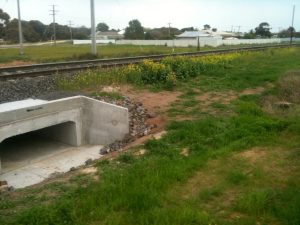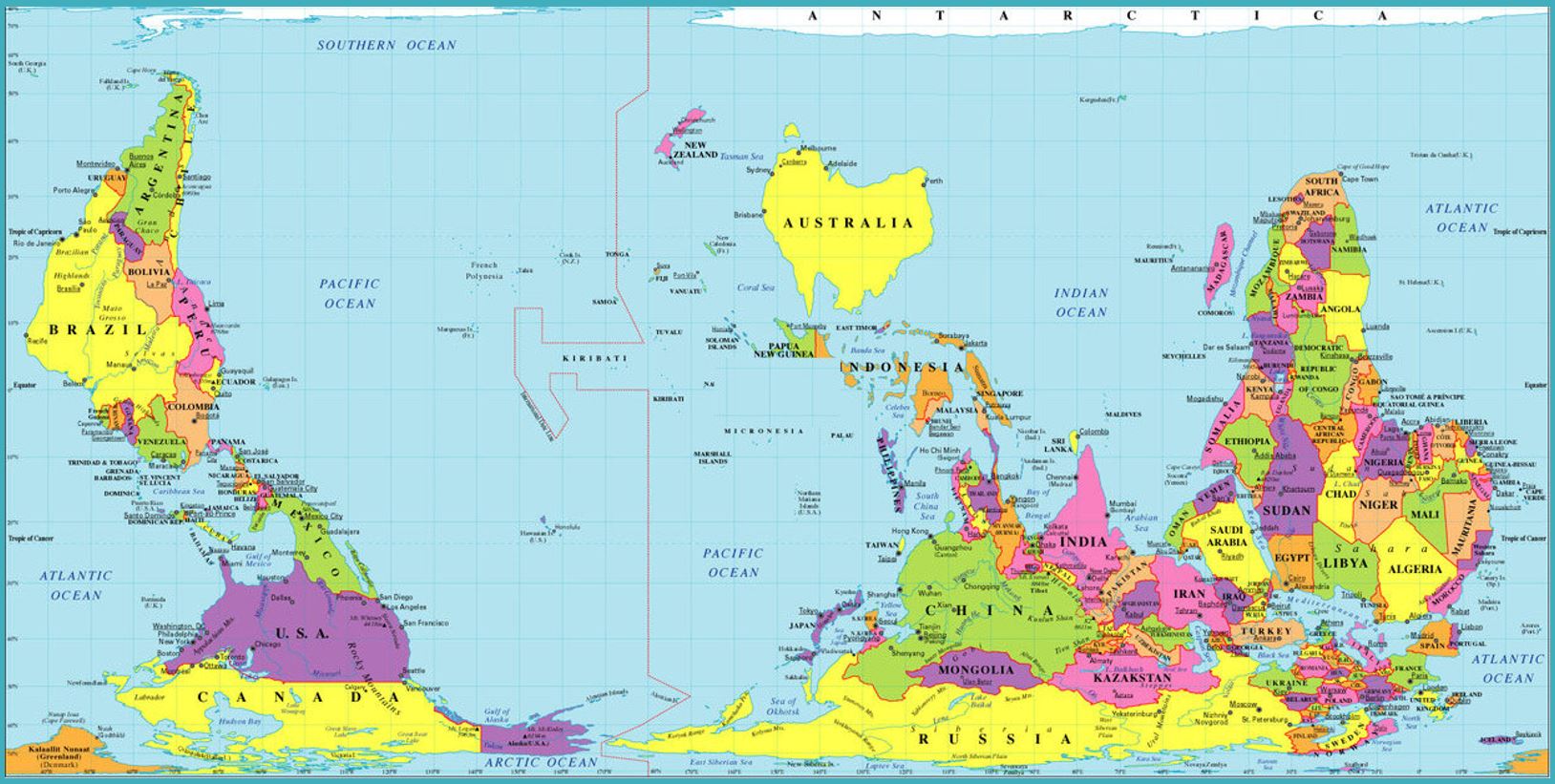Culvert in a haystack
The Upside-Down
Before we moved to Australia in 2009, I had only met a single Australian, an environmental consultant named Tanya who had visited the US the previous year in part to take a tour of some river restoration projects I had helped design. I had contacted Tanya before our flight and arranged to meet her after our arrival in Melbourne. Other than that I didn’t know a soul down under. I met with Tanya after we arrived and tried to identify any projects I could help out with. Having managed an inventory of thousands of culverts for a transportation department in the U.S., one thing I could offer was culvert design; as it turned out, she knew some engineers at Downer who were trying to replace an ageing trestle for the Great Southern Rail, and they needed a hydraulic design. So I went to the library, downloaded the Australian Rainfall and Runoff manual, and proceeded to work out the local hydrology for the catchment. Using the 100-year old design plans, I built a hydraulic model of the existing trestle along with a proposed replacement design using HEC-RAS, a hydraulic modelling program I had used extensively back in the U.S. I handed the report over to Downer and moved on to chasing other work.
I ended up giving a presentation at the International RiverSymposium in Brisbane; a catchment management association representative named Adrian heard the presentation and asked me afterwards if I would be a keynote speaker at a floodplain management conference he was going to be hosting in Victoria. Looking for any leads I could possibly land, of course I obliged.
When I finally spoke at the flood conference – after a whole lot of additional dead ends – Adrian introduced me to one of the community planners in attendance named Duncan, who proceeded to tell me about some of the stormwater issues being faced by the remote communities he was working with. Duncan asked if I’d serve as a consultant on a project to identify drainage solutions for some of these communities. Again, of course I was very happy to oblige.
Duncan and I ended up driving several hours away to a rural town called Dimboola to interview some locals about their flooding issues and have a look around. He explained that their stormwater issues were complicated by a railway that ran right through the middle of town. One drainage crossing in particular was serving as a bottleneck and would need to be upgraded. As we walked along the railway and arrived at the crossing, he seemed a bit surprised to find a brand new structure.
“Well I guess they’ve replaced it in the meantime,” he said.
The culvert looked vaguely familiar to me, but I couldn’t figure out why.
“Oh that’s why I recognise this culvert,” I finally told Duncan after putting the pieces together in my head, “I designed it!” Sure enough, it was the rail culvert I had designed for Downer with Tanya’s connections.
So my first two jobs in Australia just happened to be centred around the very same little culvert, and the two jobs landed in my lap through two entirely different routes. Given the 100,000 culverts in Victoria alone, what is the chance that I’d find something familiar hundreds of kilometres from anywhere I had ever been before? If you could shrink each of those culverts down to the size of a stalk of straw and pile them together, you’d certainly have a massive haystack – and I was staring right at the elusive needle! Similar to the way I had felt on the plane to Brisbane, in this case I found myself looking up at the sky, wondering why things had come around full circle for me yet again. And again, there was no accompanying windfall; I still had to work my ass off every day to compete for every new contract and justify the company investment of keeping an expat on the books. But culverts are kind of my thing, after all!
So as before, I took some personal meaning from this rather improbable coincidence to help motivate myself and keep attacking each day with a new struggle to get ourselves situated in our new home country down under.

Back to “Why I do What I do“

